Kansas | | Holistic Medicine Providers by City
KANSAS CITIES
Reiki Training
The teaching of Reiki outside of Japan is commonly divided into
three levels,[62] or degrees, the most common of which are
described below. Traditional Japanese Reiki was taught
intensively under Usui's guidance, with weekly meditation
meetings where Reiki was given and used to scan the body in
order to supply an energetic diagnosis,[63] which is known in
Japanese as Byosen-hō, as a Japanese Reiki treatment is
intuitive and specifically directed in comparison to a Western
Reiki treatment, which tends to generally treat the whole body
instead of specific areas.
First degree
The first degree Reiki course,[64] sometimes given the Japanese
name of Shoden ("初伝" in Japanese, meaning "'Elementary/Entry Teachings"),[65] teaches the basic theories and procedures.
A number of "attunements" are given to the student by the
teacher.[66] Students learn hand placement positions on the
recipient's body that are thought to be most conducive to the
process in a whole body treatment.[67] Having completed the
first degree course, a Reiki practitioner can then treat himself
and others with Reiki. Course duration is dependent on the
Reiki Master Teacher; some hold four sessions spread over
a number of days, others hold two sessions over two days.[68]
Second degree
In the second degree Reiki course,[69] sometimes given the
Japanese name of Okuden ("奥伝" in Japanese, meaning "Inner Teachings"),[70] the student learns the use of a number
of symbols that are said to enhance the strength and distance
over which Reiki can be exerted.[71] This involves the use of
symbols to form a temporary connection between the
practitioner and the recipient, regardless of location and time,
and then to send the Reiki energy.[72][73] Another attunement
is given, which is said to further increase the capacity for Reiki
to flow through the student, as well as empowering the use of
the symbols.[74] Having completed the second level, the student
can work without being physically present with the recipient -
a practise known as "distant healing".[75] Students in Japan
sometimes only attained the Second Degree after a period of
10, sometimes 20, years of practice under Usui's tutorship,
and the majority of student never attained the Third Degree.[76]
Third degree
Through the third degree, or "master training",[77] sometimes
given the Japanese name of Shinpiden ("神秘伝" in Japanese, meaning "Mystery Teachings"),[78] the student becomes a
Reiki Master. In Reiki terminology, the word "master" does
not imply spiritual enlightenment, and is sometimes changed to
"Master/Teacher" in order to avoid this confusion. According
to the specific branch of Reiki, either one or more attunements
can be carried out and the student learns a further symbol.[79]
Having completed the master training, the new Reiki Master
can attune other people to Reiki and teach the three degrees.
The duration of the master training can be anything from a day
to a year or more, depending on the school and philosophy of
the Reiki Master giving the training. There are commonly two
types of Master: Master Teacher and Master Practitioner; a
Master Teacher is a Master of Reiki and also has the ability
teach Reiki (i.e., attune others), though a Master Practitioner
is a Master of Reiki but does not teach Reiki.
| To select the type of practitioner press picture. |
|

HOLISTIC ACUPUNCTURE
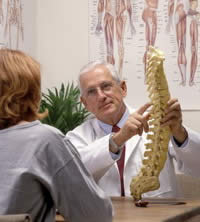
HOLISTIC CHIROPRACTOR
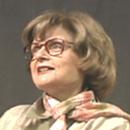
EMOTIONAL FREEDOM COUNSELORS
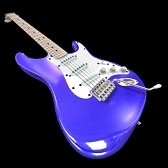
HOLISTIC SOUND THERAPY
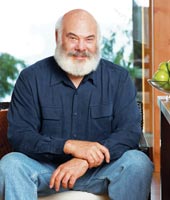
HOLISTIC MEDICAL DOCTOR

HOLISTIC MASSAGE THERAPY

ENERGY HEALING

HOLISTIC YOGA THERAPY

HOLISTIC NUTRITIONAL DOCTOR

HOLISTIC NUTRITIONAL DISTRIBUTORS
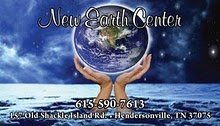
METAPHYSICAL SHOP
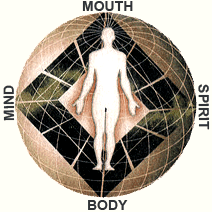
HOLISTIC DENTISTRY

HOLISTIC VETERINARIAN
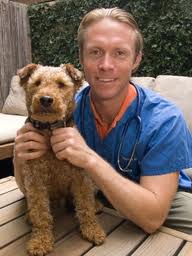
HOLISTIC ANIMAL PRACTITIONER |




